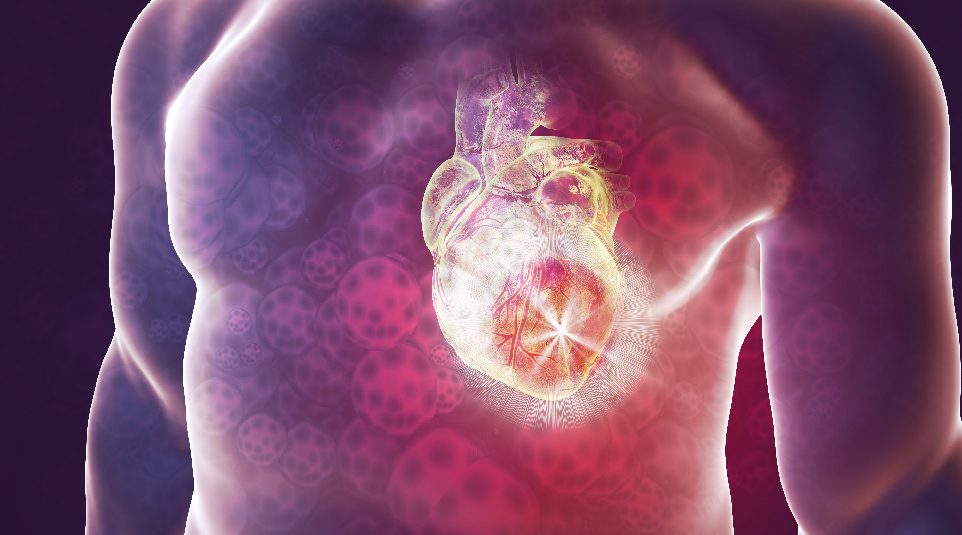Hydrogels are polymer networks with high water contents. Since hydrogels can provide a good medium for cell proliferation, they are often used as scaffolds in tissue engineering applications. Further, they can be used to encapsulate drug molecules.
Today, many drugs are given systemically (distributed over the whole body), and fail to accumulate at the desired tissue site. The use of hydrogels has evolved to address this by locally delivering therapeutic molecules after injection. Delivery of the hydrogel to the heart, while controlling release profiles of the encapsulated therapeutics is still challenging.
Prof Jason Burdick and co-workers show the controlled delivery of therapeutic molecules to tissues after injury or disease, including cardiac tissue after myocardial infarction (heart attack). The researchers developed a composite of a hydrogel with encapsulated microgels (hydrogels formulated on the micro-scale). The hydrogel is shear-thinning and self-healing, which allows for easy injection into the tissue, whereas the microgels are designed to control the release kinetics of the encapsulated therapeutic. The decoupling of these properties should help in the controlled release of therapeutics.
This work provides an approach for the delivery of a range of molecules. Here, it was applied it to release interleukin-10, to alter the inflammatory response after myocardial infarction in rats. The delivery of IL-10 reduced the number of macrophages (an inflammatory cell) at the injection site and improved outcomes of vascularization and function when compared to injecting only saline. Minna Chen, first author of the paper says “These results illustrate the development of a platform technology capable of the controlled release of one or many therapeutic molecules from injectable hydrogels, which can be applied to a range of biomedical applications.”
As the next challenges, the group wants to explore the potential of these hydrogels in larger animal models.

















